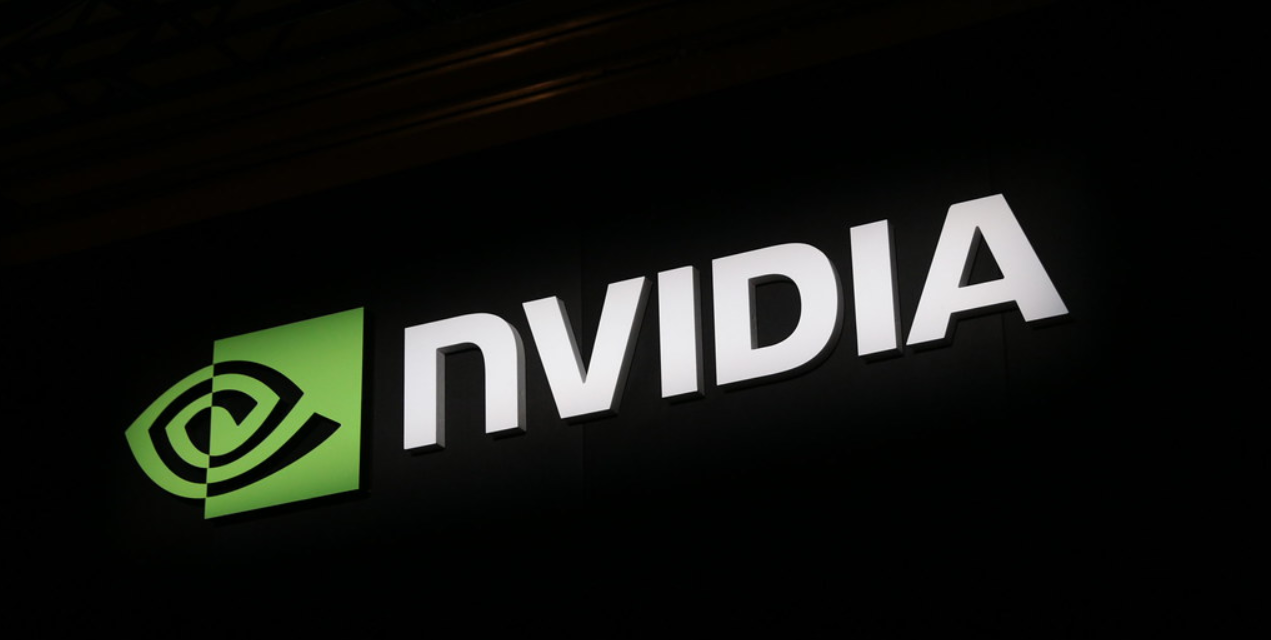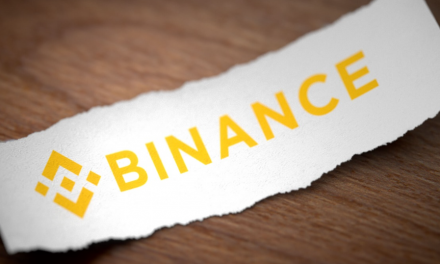In a remarkable crescendo of market performance, Nvidia’s shares escalated by 2.3%, culminating at an unprecedented zenith of over $504 on Monday. This zenith was reached just before the firm unveils its third-quarter fiscal results on Tuesday, where a staggering revenue surge of more than 170% is anticipated.
Yet, this might only be the prelude. Forecasts for the fourth fiscal quarter, as per LSEG prognostications, suggest an even more prodigious growth, nearing 200%.
As the Thanksgiving period approaches, Wall Street’s gaze intensifies on Nvidia, the nucleus of this year’s artificial intelligence surge.
Nvidia’s market valuation, a colossal $1.2 trillion, has experienced an extraordinary inflation of 245% in 2023 alone, eclipsing all other S&P 500 entities. This growth overshadows giants like Meta and Tesla. However, any hints during the earnings discourse of waning enthusiasm for generative AI, or a shift in patronage towards AMD’s processors, or the detrimental impacts of Chinese restrictions, could precipitate volatility in Nvidia’s hitherto meteoric stock trajectory.
Bank of America analysts, preceding the Nov-21 earnings call, expressed optimism but also cautioned about potential challenges posed by Chinese restrictions and AMD’s rising prominence in the generative AI arena. AMD’s CEO Lisa Su has projected significant revenue growth in the GPU sector, particularly with the forthcoming MI300X, a flagship AI GPU.
Despite Nvidia’s dominance in AI GPUs, concerns about the steep pricing of their offerings have emerged. The introduction of the H200 GPU, succeeding the H100 – instrumental in the development of OpenAI’s GPT-4 Turbo – represents Nvidia’s commitment to refining AI model training and deployment capabilities.
The fiscal third quarter is poised to see a near quadrupling of data center growth, with total revenue expected to rise 172%, as per LSEG data.
The forthcoming earnings call is also likely to address the tumultuous changes at OpenAI, a significant Nvidia client. The dismissal of OpenAI’s CEO Sam Altman and ensuing leadership reshuffles, including Microsoft’s increased involvement, are of keen interest to Nvidia’s stakeholders.
Concerns over China-related restrictions, particularly impacting the H100 and A100 AI chips, have not significantly dented investor confidence, despite China’s substantial role in Nvidia’s data center business. Nvidia’s adaptability to U.S. regulations while maintaining its market in China, including plans to deliver new chips based on the H100 to Chinese manufacturers, underscores its strategic agility.
In conclusion, investors and market observers will be keenly attentive to Nvidia CEO Jensen Huang’s insights during the earnings call, especially for any indications of shifting dynamics in the generative AI sector.





